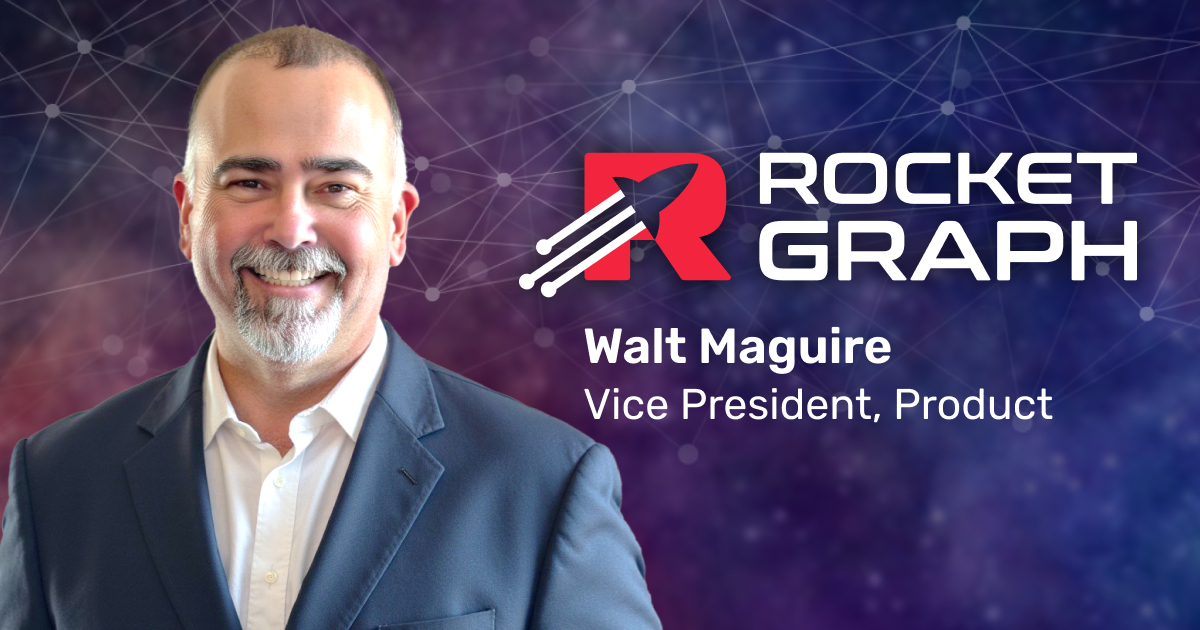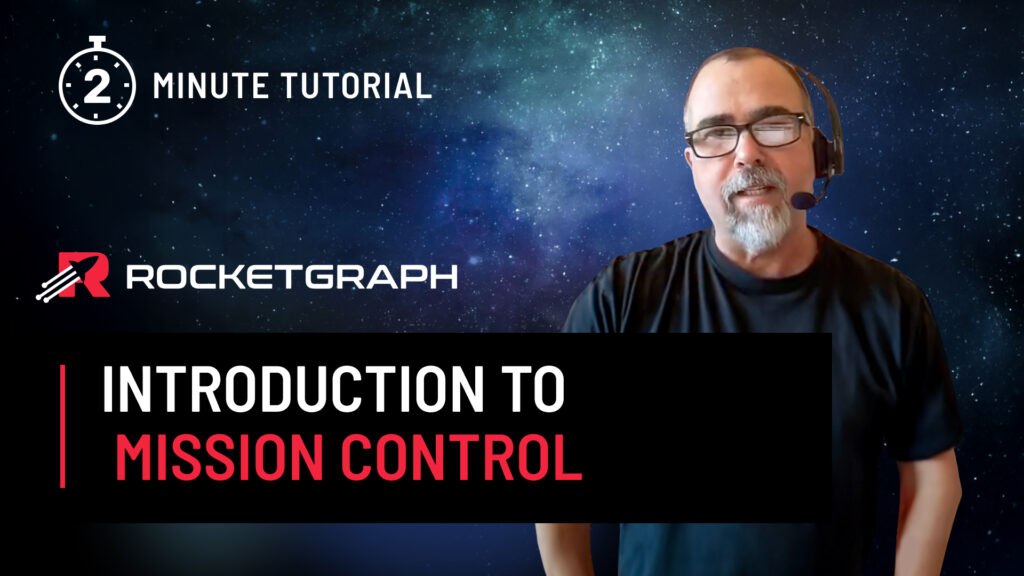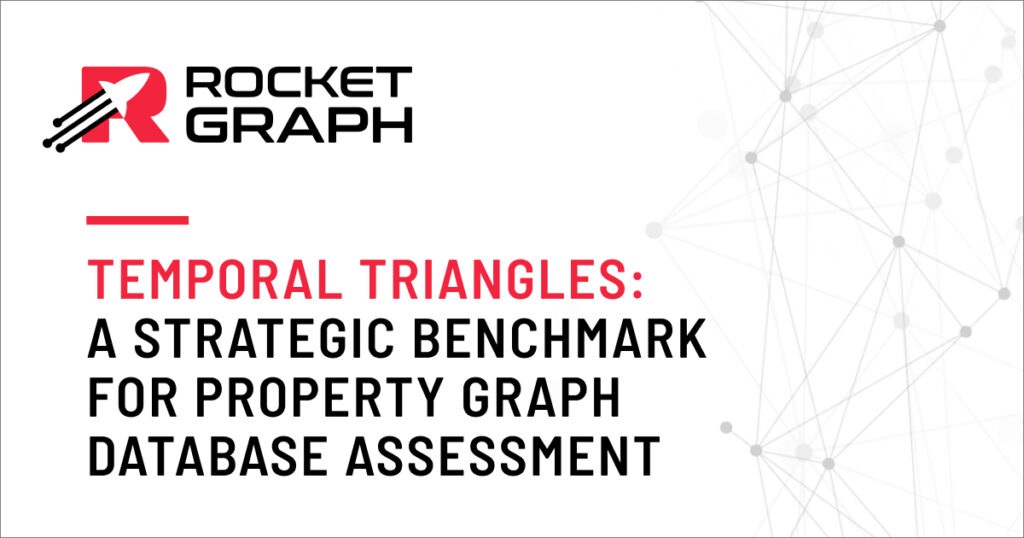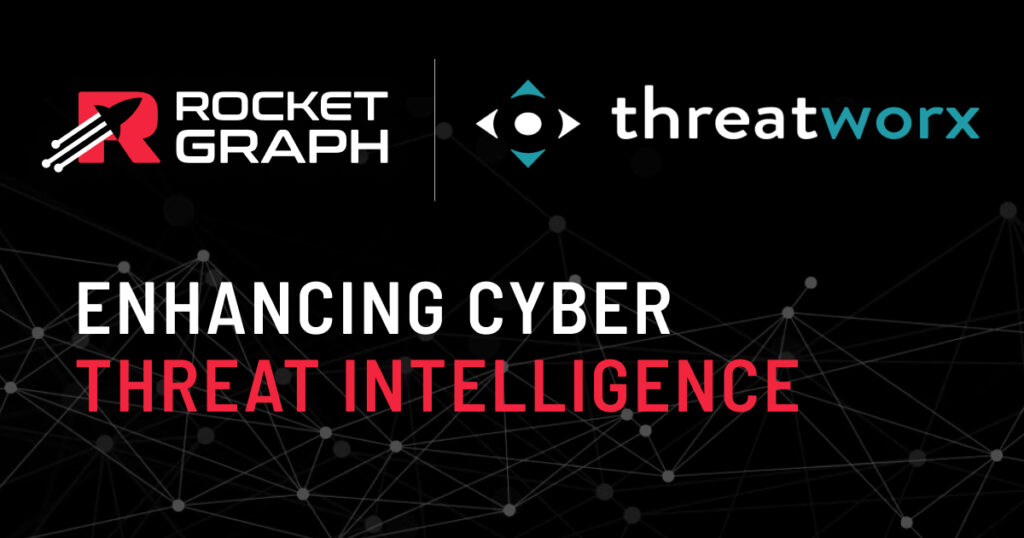As a kid, I was generally inclined to sleep in. But every once in a while I’d surprise my parents by being awake at 4:00am because I had to watch a space shuttle launch. I’m not sure if I watched all of them, but I saw most of them. And every time I did, I got incredibly excited about the potential in space. For my tenth birthday, my parents gave me a stack of books written by NASA in the late 1970’s which detailed their plans for developing space. A city in orbit by 1985. A base on the moon by 1990. A base on Mars by 2000. Needless to say, those developments didn’t happen. While NASA accomplished some great things, the world needed an organization to turn space travel from a government funded science experiment into a transformational force.
Today we’re fortunate that there’s a revival in space travel. After seven decades of space exploration, we’re finally scratching the surface of where it can lead. It turns out we needed a killer app to commercialize it into the mainstream of business. SpaceX looks like a promising contender for the title. While I didn’t become an astronaut, I am about to embark on an equally epic journey.
When my long time business partner, Brock Alston, first told me about Rocketgraph’s technology last year, I was initially skeptical. “Another graph database?” I asked him. “Aren’t there thirty or so companies selling those already? And why hasn’t there been the massive, exponential growth in usage that we’ve seen with other data technologies?”
“It’s not a graph database, Walt. It’s a graph analytics platform for solution development. With genAI to guide the user. You don’t need to be a graph expert to use it,” was Brock’s response.
That sounded promising. My next thought was that we may be at a time in the graph industry similar to the current state of space travel. After seventy years of space travel being an expensive curiosity, SpaceX came along and turned it into a real business with the potential to finally deliver all the bold claims NASA was talking about fifty years ago.
And sure enough, as I dug into the product I saw the potential. So, what’s been holding graph technology back? I’ve been around the market for long enough to have some thoughts on this. In many cases existing technologies struggle with scale. Most vendors took a scale-out approach popularized with big data. This resulted in a sharded graph approach which might perform well for certain queries, but falls over when asked questions that require extensive data movement. In the big data world we could design a database to meet the needs of the questions, but sharding always struggles with ad-hoc questions – exactly the sort of thing an analyst would need to do when exploring a graph to find an unknown such as cybertheft or money laundering.
Furthermore, asking questions of graph databases has always been a hindrance. Technology vendors invented an entire industry so analysts didn’t have to write complex SQL queries on relational databases – aka business intelligence. It was a huge step forward. So why do graph users still need to write lengthy, complex queries in one (or more) different languages or work with a complex visual tool to query their graphs? Those sound like decade old solutions to me. Why can’t analysts just ask a question and let an AI agent recommend analysis and write the code?
What’s more is that building the graph still can be a slow, painful experience. As of the writing of this blog, a search for “data modeling for graph” returns over a thousand books listed on Amazon. This is not easy stuff! With respect to the rest of the graph industry – something has to change. This is where generative AI (genAI) offers potential.
In my time leading product management for the Amazon Database Migration Service, I observed that a relatively simple integration with genAI could potentially reduce manual database migration effort by months for each migration. We productized this and released it in a matter of months at re:Invent 2024. So, when I saw that Rocketgraph’s Mission Control tightly incorporates genAI into the user experience, I realized this was potentially a killer app for graph. And that Rocketgraph had the potential to be the SpaceX of the graph industry.
What inspired me to join Rocketgraph as Vice President of Product is the combination of a tremendous team, with founders from Cray, a company synonymous with pioneering breakthroughs in supercomputing; a well-designed and built graph analytics platform that incorporates the best of high-performance computing that eliminates sharded graphs; and an AI enabled user interface that made graph analysis – long the domain of the high priesthood of data science – accessible to everyone.
Looking ahead, I see several huge opportunities for Rocketgraph to innovate on behalf of our customers. First, bring together agentic AI with designed content to further simplify the use of modern graph algorithms by non-experts, starting with cyber threat detection and analysis. Second, continue to simplify the experience of bringing data into your graph so you don’t need to be a data engineer or PhD to build it. Ultimately, our goal is to make it about solving your business problem instead of asking you to reverse-engineer it to run on twenty-year old technology.
I invite you to visit us at rocketgraph.com. There, you can meet the team, review the benchmarks that distinguish our approach, try the product for free for 30 days, or read our recently published paper on How GenAI + HPC Accelerate Graph Analytics Adoption to see how powerful and user-friendly our platform can be.
Join us on this journey to transform graph analytics, empower innovation, and make advanced data insights accessible to everyone—no rocket science required.




